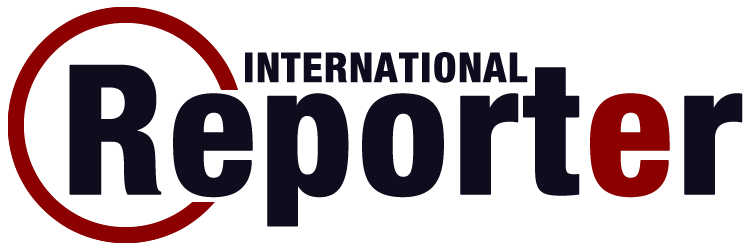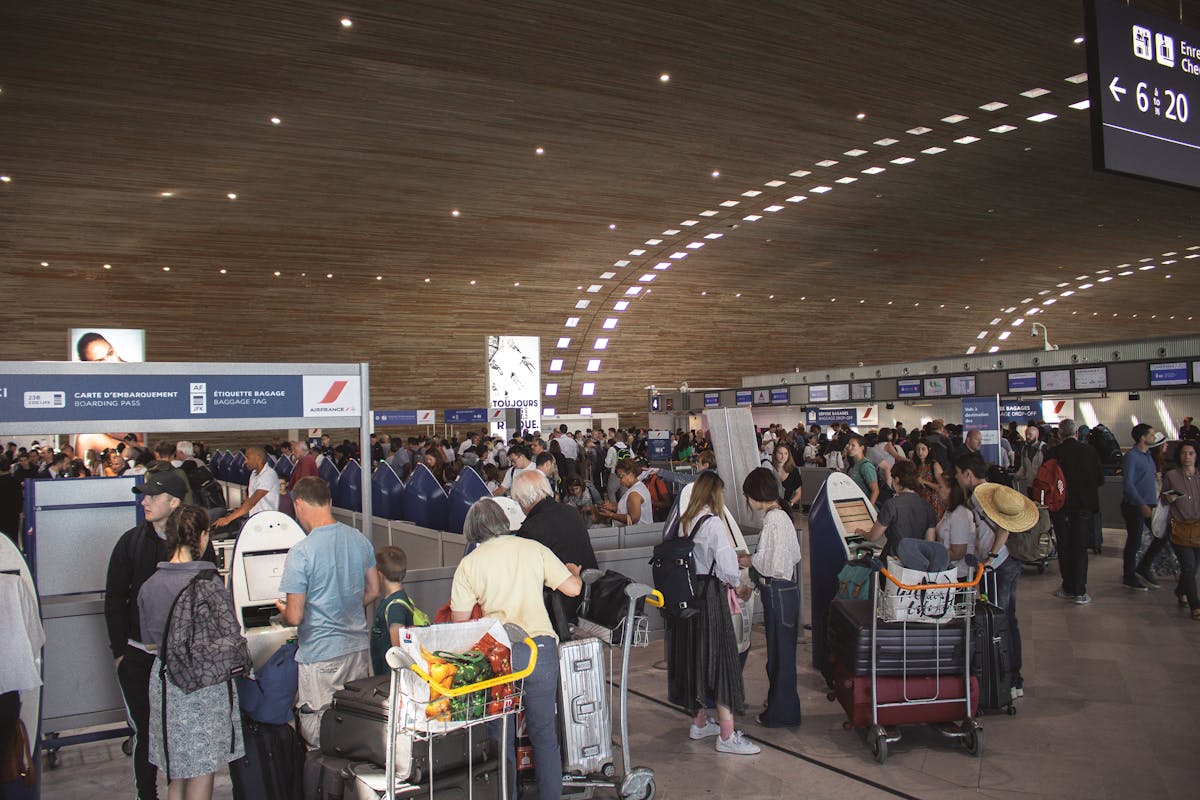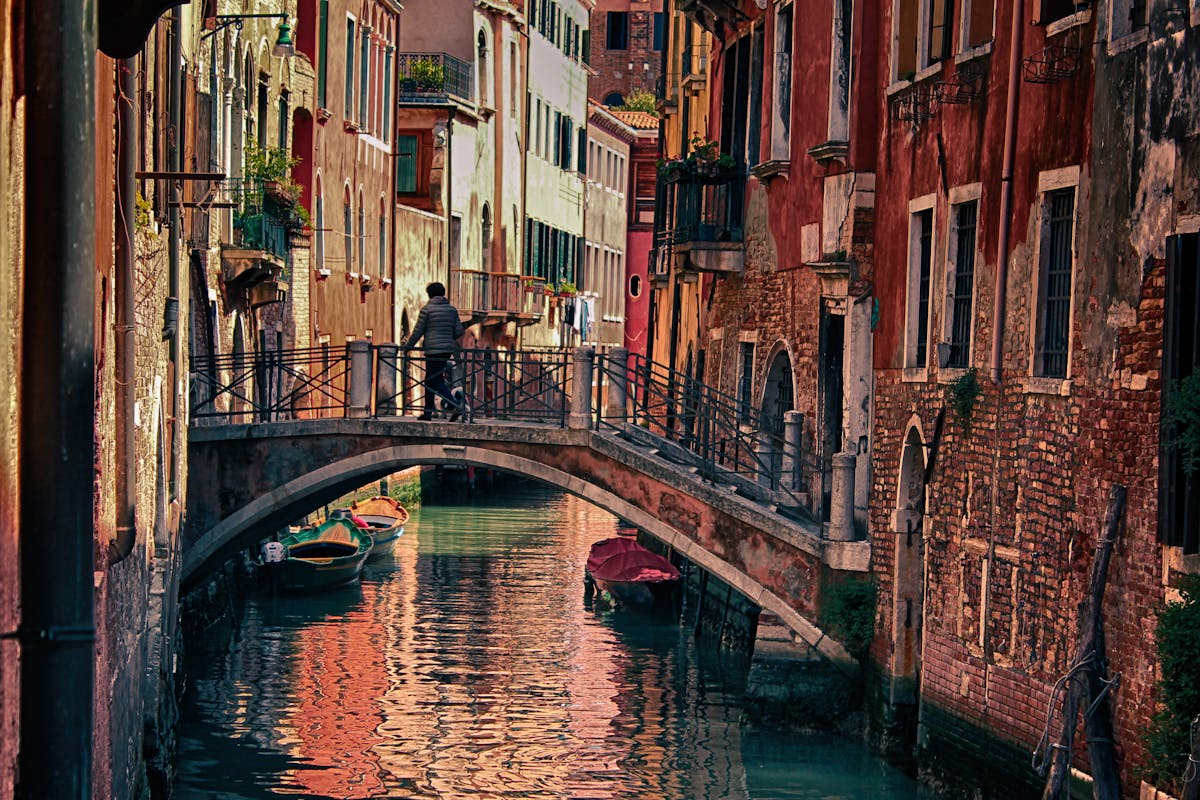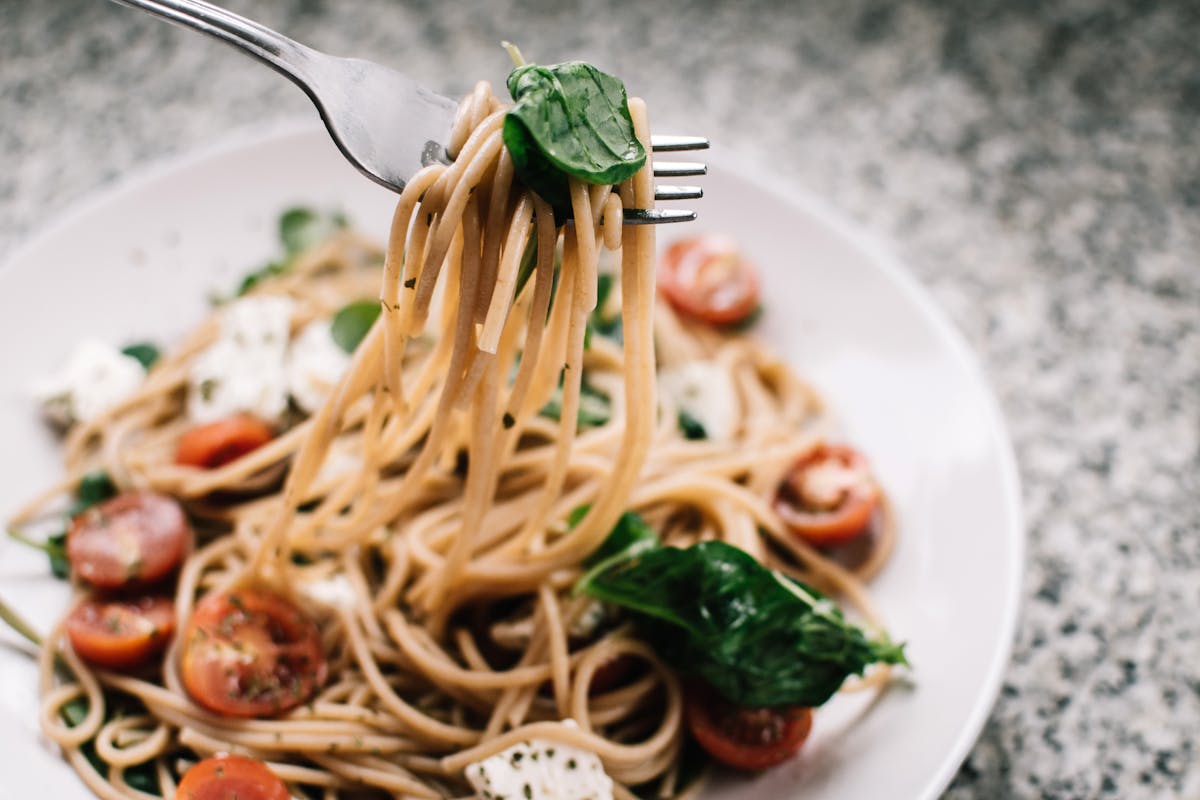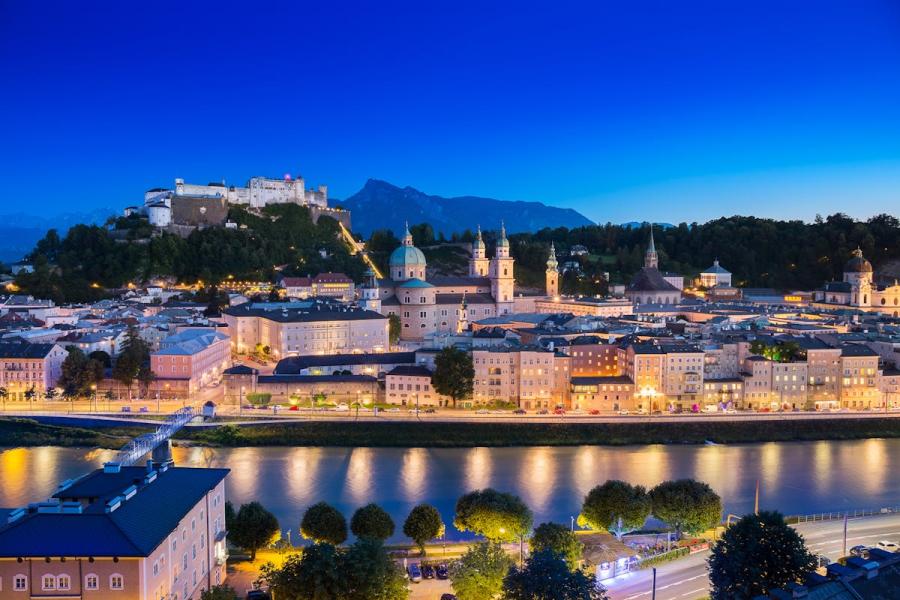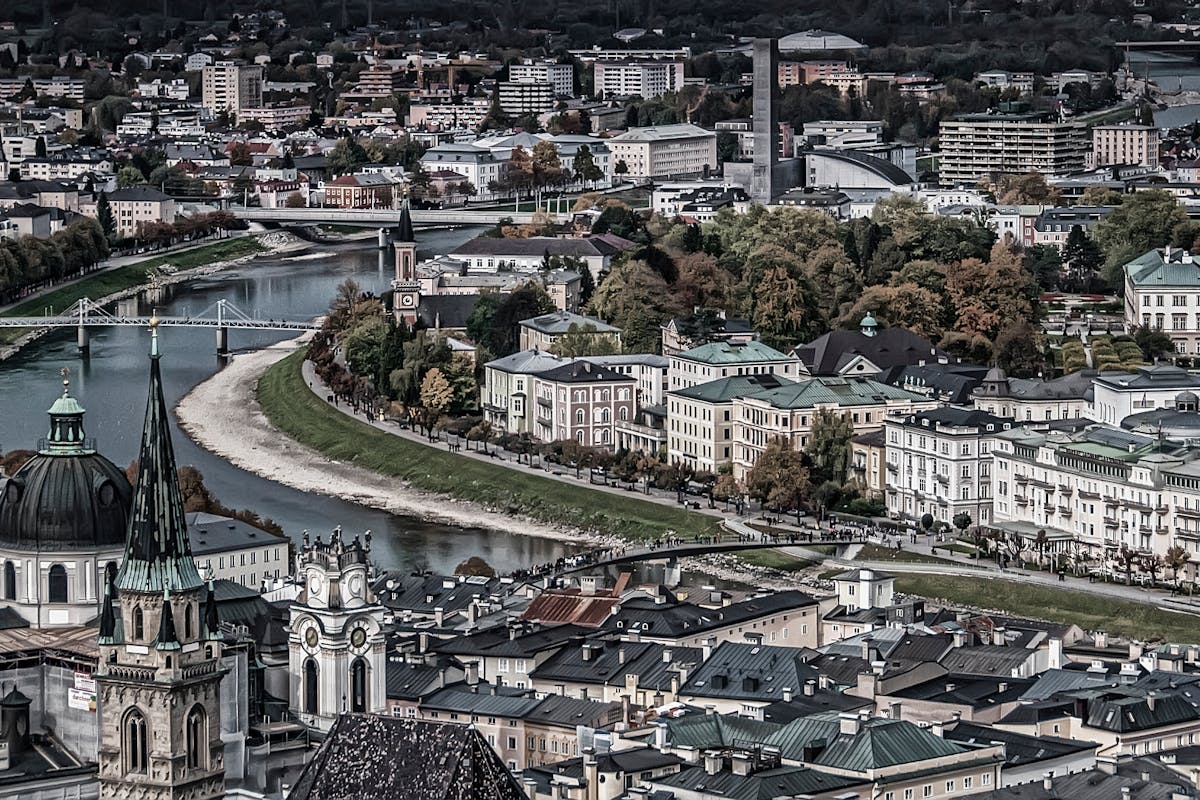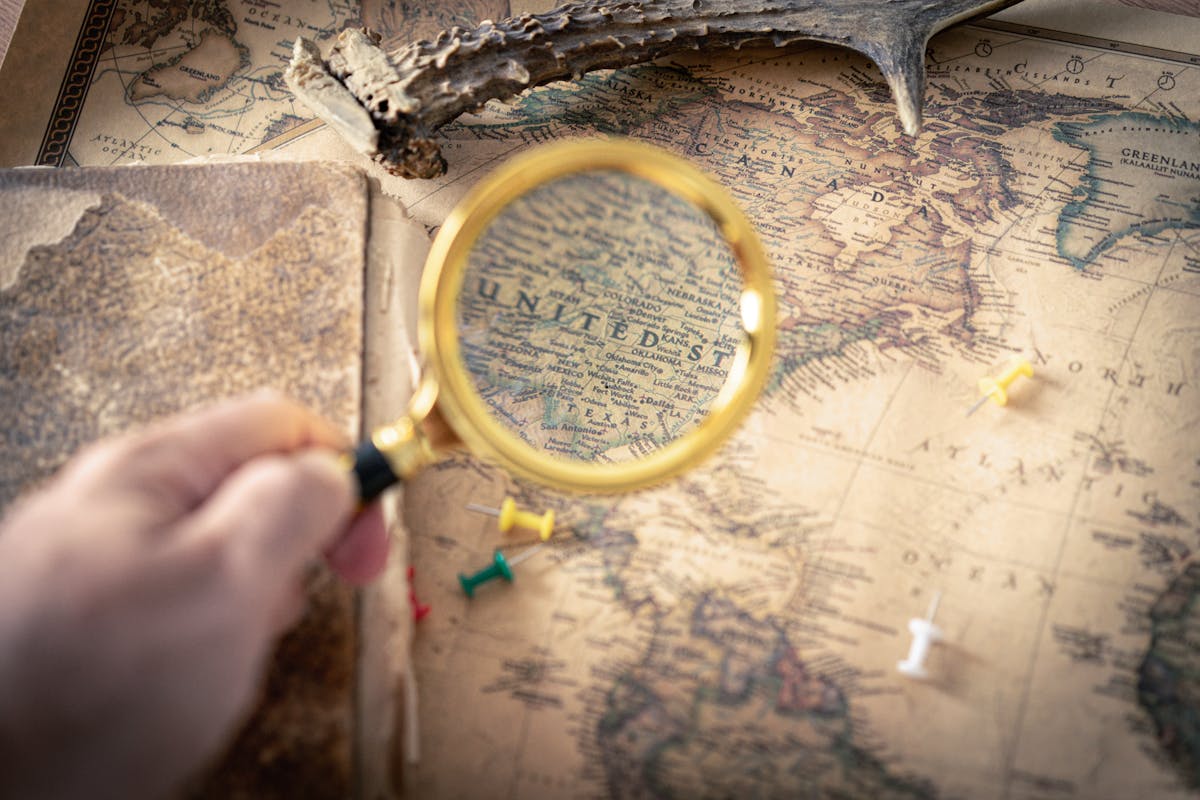After thousands of kilometers across various parts of Italy – from the rugged peaks of the Dolomites, through the romantic vineyards of Tuscany and the dramatic Amalfi Coast, to ancient Puglia – there was one place I persistently and almost unconsciously avoided. Sicily. What a mistake. I corrected it at the start of this summer, when I finally set foot on that magical island and began an adventure that constantly brings me back in thought to the narrow streets of Palermo, the scent of sea salt on Mondello’s beaches, and the golden Byzantine mosaics in Monreale.
What a mistake. I corrected it at the start of this summer, when I finally set foot on that magical island and began an adventure that constantly brings me back in thought to the narrow streets of Palermo, the scent of sea salt on Mondello’s beaches, and the golden Byzantine mosaics in Monreale.
Sicily is not just a destination – it has character. And not just any character, but one shaped over centuries of encounters, conquests, passion, revenge, and myths. The first thing you feel when you arrive on the largest Mediterranean island is an elusive blend of Europe, North Africa, and the Mediterranean. You breathe in the scent of citrus, hear church bells, see architecture blending Norman fortresses with Arabic details, and you feel: Sicily is a world unto itself.
A Brief History of Eternal Desire
Since the Neolithic era, people have coveted Sicily. First came the Phoenicians – seafarers and traders who founded the earliest coastal cities. Then arrived the Greeks, bringing their myths and olives. They inherited Palermo from the Phoenicians, founded Cefalù and Syracuse (considered “the most beautiful of all Greek cities”), leaving an indelible mark on language, cuisine, and art.
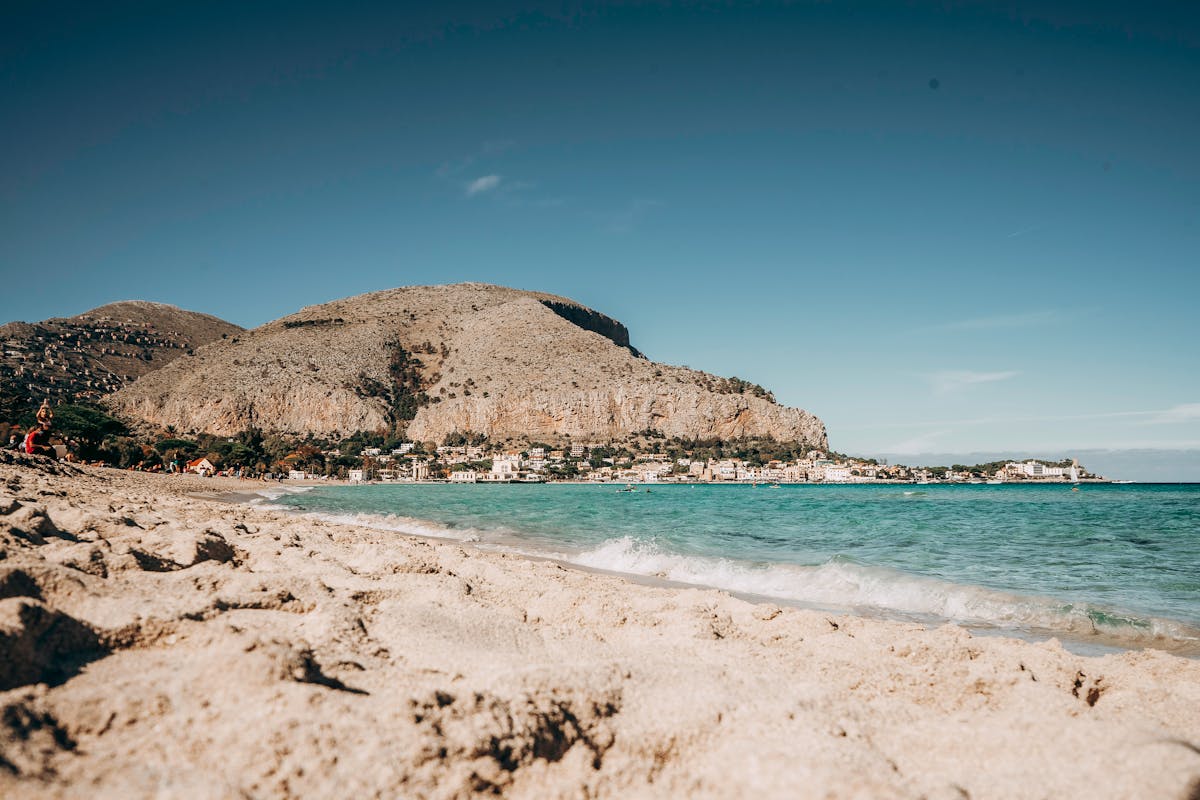
Next came the Roman Empire, which turned Sicily into the Mediterranean's granary. They were followed by the Byzantines – Greeks again, but this time with crosses and icons instead of myths from Olympus. In the 9th century came the Arabs. They brought oranges, almonds, sugar, sciences, and Oriental scents and flavors. Their influence is still felt in every bite of Sicilian cuisine. Later came the Normans, French, Spanish, even the Habsburgs. Everyone wanted Sicily. And today, they still do.
But today there are no swords, knights, crusaders, or Justinian the Great trying to reclaim an empire. Today tourists from all over the world visit the island, yet Sicily doesn’t feel overcrowded. Its streets, mountains, sea, and beaches breathe with tranquility. Locals are present but unobtrusive—they are simply there, witnesses to centuries, ready to welcome you with a smile and nourish body and soul, but you’ll never feel like just another tourist and walking ATM.
Sicilian Sweet Guilty Pleasures
There is something almost religious in Sicilian gastronomy. Of course, there are seafood, pasta, cheeses, olives—but what captivated me the most are the sweets.
Rarely have I felt such excitement with every dessert. Cannoli are unrivaled: crispy pastry tubes filled with ricotta that melts in your mouth, with chocolate, pistachios, or candied fruit.

Then comes cassata—a cake of ricotta, almonds, and marzipan, colored like a fresco. We must also remember granita—icy treats flavored with lemon, almond, or coffee, perfect for scorching summer days. Then there are pignolata, frutta martorana (marzipan fruit), buccellati (fruit-and-wine-stuffed cookies)—each telling a story of peoples who left their recipes here and moved on. Sicily is not just fond of sweets—it was born for them.
Palermo – Chaos in Harmony
Palermo is a city that can shock and seduce you at the same time. Its Cathedral, with an incredible combination of Norman, Gothic, Baroque, and Neoclassical architecture, may be the most beautiful church in the Mediterranean. Teatro Massimo, an imposing neoclassical opera house, is the largest theater in Italy and the second-largest in Europe. Stroll the steps where *The Godfather Part III* was filmed, or relax with gelato and cannoli in a nearby gelateria.
It’s your choice whether to embrace the locals’ relaxed rhythm and wander the modern maze of the capital with no plan—or, as I did, log 20,000 steps in a single day trying to visit all the UNESCO-protected sites. In Palermo you don’t just see architecture—you feel it, breathe it, pass through centuries as you wander from a local market to aristocratic villas and façades bearing memories of ages long past.
Monreale – Byzantine Gold in Sicily’s Heart
Above Palermo, like its crown, rises Monreale. There stands the famous 12th-century Cathedral—one of the most important religious structures in the Western world. What leaves you breathless is its interior: Byzantine mosaics covering every inch of walls and vaults.
The golden light reflected from hundreds of biblical scenes, shown in extremely detailed and vivid iconography, will make you lose track of time. Monreale is one of Sicily’s three royal cities—along with Palermo and Cefalù—and is central to the culture and history of the largest Mediterranean island.
Mondello – The Caribbean Near Palermo
Not far from Palermo’s center is Mondello—a beloved city beach. In Mondello, time stands still. Golden-yellow sand, every shade of blue and green reminiscent of the Caribbean, and hills framing the bay make this beach a tourist paradise. Locals come to cool off, tourists to daydream—here, everyone is equally welcome.
Mondello is like a European Copacabana, quickly filling with locals on weekends, making it an ideal place to observe Palermo’s community habits. It’s also a great starting point to explore nearby green hills, national parks, or walk to scenic viewpoints above the coast.
Cefalù – The Reason I Will Always Return to Sicily
Less than an hour’s drive from Palermo lies Cefalù—a medieval town that seems carved from stone and dreams. In its narrow streets, amid ancient houses and fresh seafood restaurants, you feel incredible peace despite the number of tourists. From the fortress above the town, you’ll find one of the most beautiful views in Italy—towards the horizon where sea and sky merge. Cefalù has been used in many series and films, including the second season of the world‑popular *White Lotus*. It’s easy to see why—this place exudes authenticity.
You feel as if you’re in a different time—sometimes in the Dolce Vita era of the 1960s, other times in the age of Byzantine conquests, because the entire center of this small medieval gem echoes an unbelievable fusion of Norman, Byzantine, and Arabic architecture and culture. Cefalù deserves to be revisited.
The Legend of the Moor’s Head
Throughout Sicily, especially in Palermo, you’ll see ceramic heads—male and female. Their story is a legend, but also a strong, authentic metaphor. It tells of a young beautiful Sicilian woman from Palermo who fell in love with a Moor, a stranger from the south. They loved each other for years until one day she discovered he had a family in his native North Africa. In a fit of passion and betrayal, she cut off his head and planted basil in it. Today these heads are made as decorative pots—symbols of love, passion, and conflict. They reflect the essence of Sicily—a collision of civilizations that didn’t destroy the island but enriched it.
Sicily is the largest Mediterranean island, but its real space isn’t geographical—it’s inner, emotional. It’s an island you cannot merely visit—you must feel it, partly understand it, and return many times. Because Sicily is not just the sea, arancini, and Baroque—it’s a story lasting thousands of years.
Here, myths and legends intertwine with tales from crime chronicle pages. Palermo’s streets still whisper about unspoken codes—codes of honor and silence. But Sicily is not just that. It is Homer and Virgil, Arabs and Normans, Greek tragedies and Italian comedies.
In its labyrinths, you get lost with pleasure. Every city is a new page, every meal a new language. And however long you stay, it will never be enough. That’s why I already know I’ll return.
Sicily doesn’t call you loudly. It entices you quietly—with a glance from Monreale, a breeze from Mondello, a whisper from Cefalù, your first bite of pistachio gelato. Here, you don’t learn history—you breathe it. Legends in Sicily are not made up—they are part of everyday life. Sicily is not Italy. Sicily is—Sicily.
